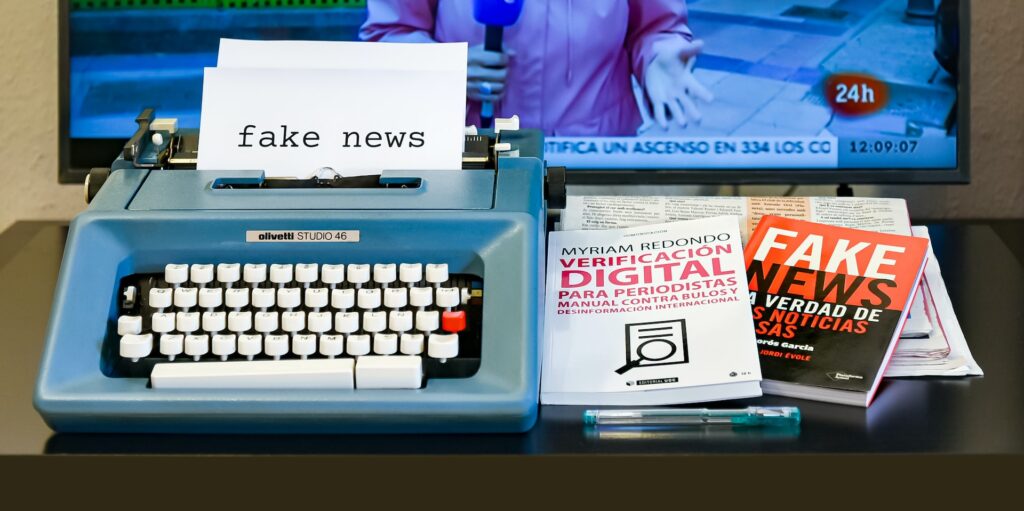
In the twenty-first century, people get a vast number of technological innovations, and they are often unaware of how these innovations can influence their lives. Deepfake is a new artificial intelligence-based computer image synthesis technology. It is typically used to overlay existing images and videos. The technology is still under development, and developers are working to enhance it. Deepfake technology can revolutionize specific activity sectors. However, in the wrong hands, it might be a real weapon. Voice Deepfakes are also used by cybercriminals. They are commonly utilized to manipulate and influence people. This article will highlight the negative aspects of technological advancement.
How Do People Create Deepfakes?
To create fakes, developers combine a number of methods. Firstly, they digitize a video to isolate phonemes spoken by a person. Secondly, these phonemes are connected with the corresponding visemes (facial expressions that go along with every person’s sound). Finally, a 3D model of a person’s lower half is being built.
When a developer modifies text and audio, the software combines all the acquired data to produce a realistic Deepfake.
How Realistic Are Deepfakes?
Developers created a test to conduct an experiment. A group of 138 volunteers examined various Deepfakes. 60% of them thought that Deepfakes were real videos. Furthermore, developers assumed that the results were lower than expected because people were informed that their results would be used for video editing research. Thus, volunteers had been carefully examining the videos.
Why Are Deepfakes Harmful to Our Society?
Deepfakes pose a severe threat to our society since they are information attacks. Deloitte analysts say that Deepfake technology could become the most dangerous in the digital sphere. Deepfakes have the potential to discredit celebrities, politicians, and ordinary citizens. Furthermore, future elections might be impacted by this technology.
Fake news made with Deepfake technologies does not have to be flawlessly edited to have an impact on society. Unfortunately, even though it only takes a few minutes of research to discover the truth, it doesn’t stop fake news from spreading. Some people want to believe in these fakes.
Well-Known Examples of Deepfakes
In 2018 there was a fake video with former US President Barack Obama. In the video, the former President insulted President Donald Trump. FakeApp and Adobe After Effects were used to create the video. Even though it is not as simple as how to merge mp4 files, anyone can do this type of video today.
In 2019 a fabricated video with Mark Zuckerberg was created where he outlined the situation with Meta users’ personal data. Moreover, in 2019 a Deepfake video with Nancy Pelosi was released. The video creator employed artificial intelligence to adjust Pelosi’s speech as if she hadn’t been able to pronounce words well. People who watched the video assumed that the politician had drunk alcohol. The video caused a scandal.
The Benefits of Deepfakes
According to Statista, selling movie tickets brings a lot of money! Developers say that the technology also has numerous advantages. It has the potential to tremendously benefit the film and television industries by providing an opportunity to correct fragments that require re-shoots. Moreover, flawless dubbing in many languages can be made only by using Deepfake technology. Imagine that you will get an opportunity to watch every film in your mother language.
To Sum Up: How Dangerous Are Deepfakes?
With the spread of Deepfake technology, people faced the possibility of being discredited because their photos and videos are publicly available. Fakes are predicted to become increasingly realistic and natural in recent years, making them detectable only by professionals. The prime target for cybercriminals is political wars and fraud. Moreover, since audio and video materials can be fabricated, jurisprudence is under threat.